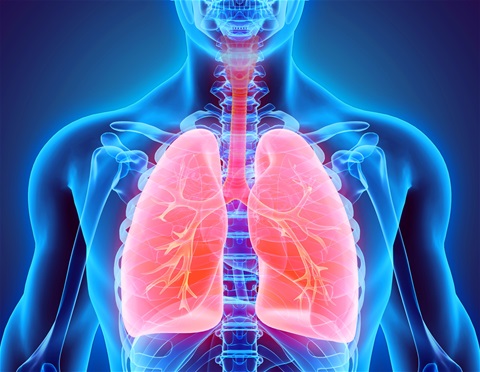Introduction
At the end of this unit, the student should be able to:
- Describe the structural and functional aspects of respiratroy system.
- Identify the mechanics of breathing.
- Identify the factors that determine gas exchange in the lung, oxygen and carbon-dioxide transport in normal and disease states.
- Be acquainted with embryonic development, fetal maturation and perinatal changes of respiratory system, and understand some common congenital abnormalities.
- Identify the microorganisms, allergens and environmental pollutants, especially smoking, which causes diseases of respiratory system.
- Identify the basic and the clinical pharmacology of drugs used for treating common diseases of the respiratory system.
- Understand the epidemiology and community aspects of respiratory diseases.
- Acquire practical laboratory skills related to respiratory functions.
- Perform clinical examination of the respiratory system.

Latest comments
I want the cardio content
where is the cardio content ?
يعطيك العافيه شكرا لك الله يسخرلك عباده الصالحين
Hello, i need to contact you through email as soon as possible. thank you.